- Why Scientists Track Atmospheric Carbon With Giant Towers - October 7, 2025
- The Link Between Melting Ice and Rising Sea Levels Explained - October 6, 2025
- How Ocean Currents Help Regulate Global Climate - October 5, 2025
Alaska – The Undisputed Snow Champion
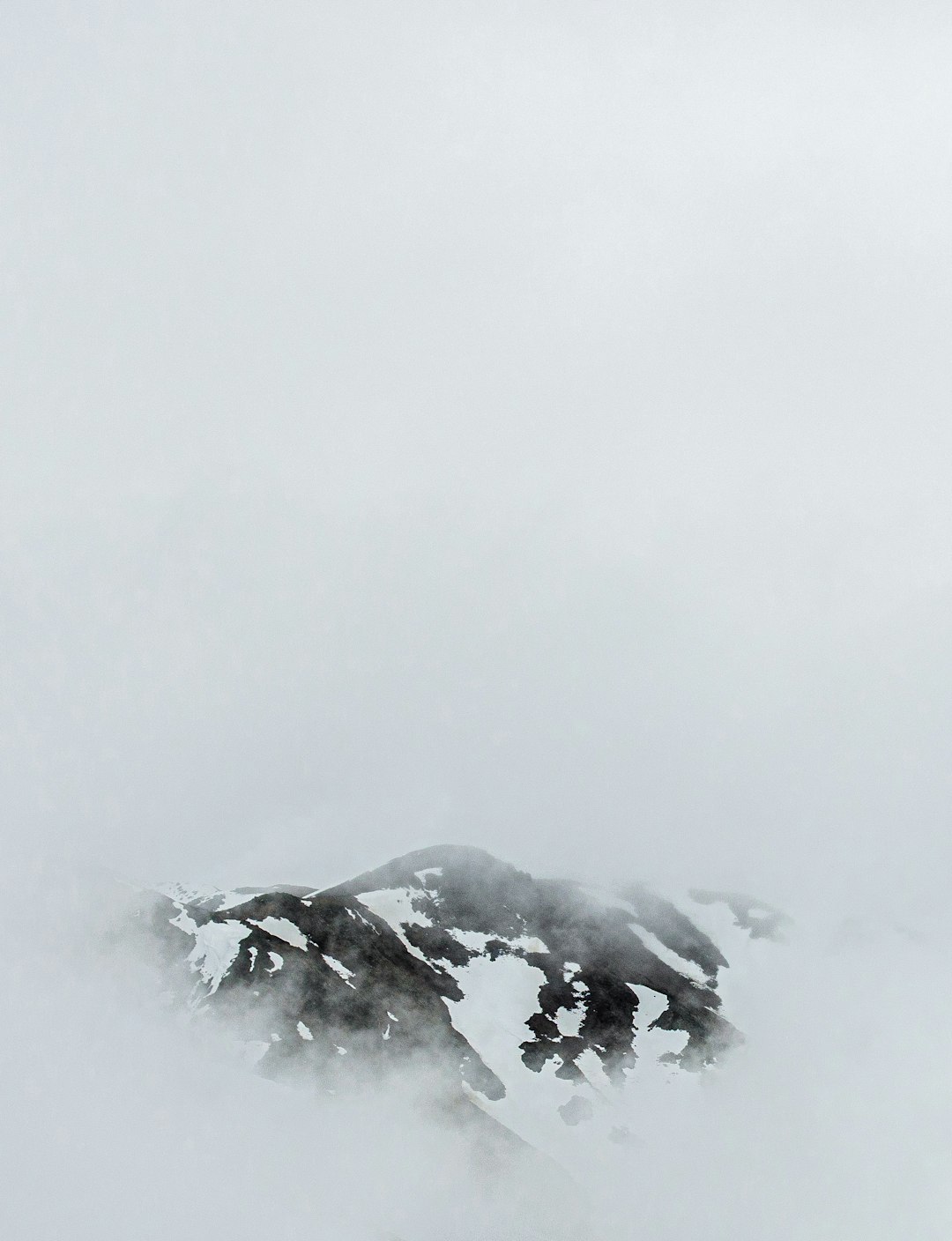
When most people think about snow in America, Alaska immediately comes to mind, and for good reason. Alaska is the snowiest state, receiving about 72.8 inches annually, according to World Population Review’s 2025 data. The Last Frontier’s geography creates perfect conditions for massive snowfall, with Alaska’s highest snowfall in recorded history occurring in the winter of 1952-1953, when the state experienced over 81 feet (25 meters). Cities like Anchorage showcase this dominance with impressive seasonal totals.
What makes Alaska’s snowfall particularly remarkable is its consistency across vast regions. The 2023 – 2024 winter had 134.5 inches, which made it the snowiest winter on record, topping the 2022 – 2023 winter with 132.8 inches in some areas. The state’s position at the top of North America, combined with maritime influences and extreme elevation changes, creates a snow-making machine that operates throughout much of the year.
Vermont – The Surprising Snow Leader
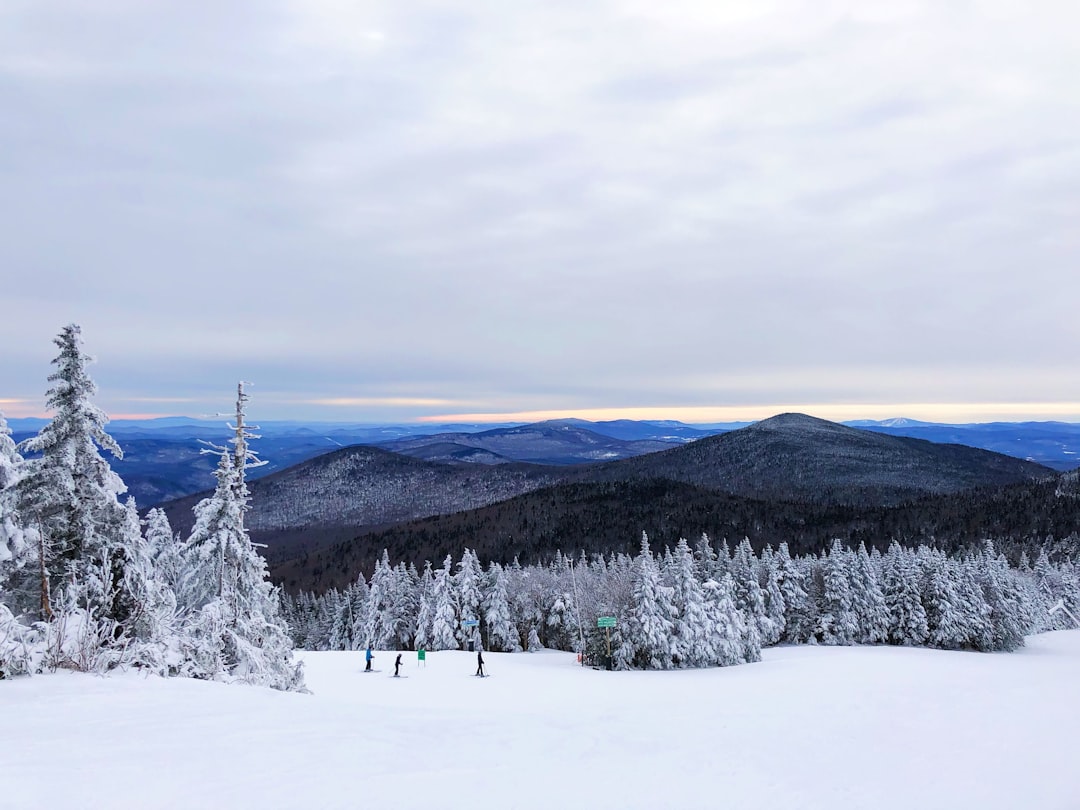
Here’s where things get interesting – several sources identify Vermont as America’s snowiest state when measured by average snowfall per weather station. Vermont gets about 90.22 inches of snow every year, according to HomeSnacks data from 2024. This Green Mountain State consistently outperforms many larger western states due to its unique geography and weather patterns. The state experiences cold temperatures from November through April, creating ideal conditions for snow accumulation.
Vermont’s mountainous terrain plays a crucial role in its snow totals. Vermont is another top contender on the list of snowiest states in the U.S. From the mountainous terrain to the consistent freezing temperatures between November and April, tourists and residents can expect several feet of snow per year. Unlike some states where snow varies dramatically by region, Vermont sees relatively consistent heavy snowfall throughout its territory.
New Hampshire – The Granite State’s White Blanket
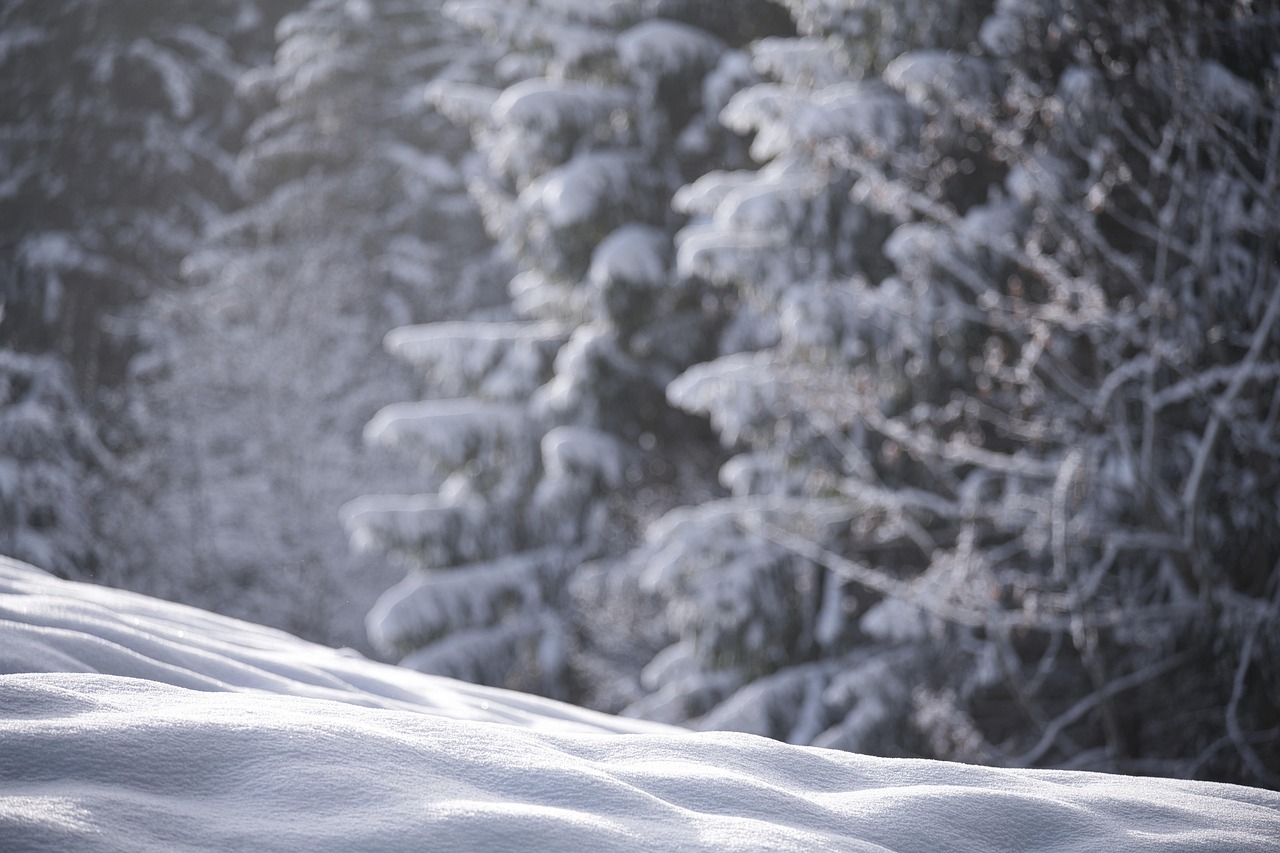
New Hampshire consistently ranks as one of America’s snowiest states, and the numbers back this up. New Hampshire receives an average of 59.9 inches annually, making it the second-snowiest U.S. state according to some measurements. The state’s position in New England, combined with its mountainous terrain, creates perfect storm conditions for heavy snowfall. This New England gem experiences an average of almost 60 inches (152 cm), which makes it a prime location for winter sports.
The White Mountains play a significant role in New Hampshire’s snow totals, acting like a giant snow magnet that captures moisture from passing storm systems. Winter sports enthusiasts flock to the state precisely because of these reliable snow conditions, and ski resorts rarely struggle with insufficient natural snowfall compared to other regions.
Maine – The Pine Tree State’s Winter Wonderland
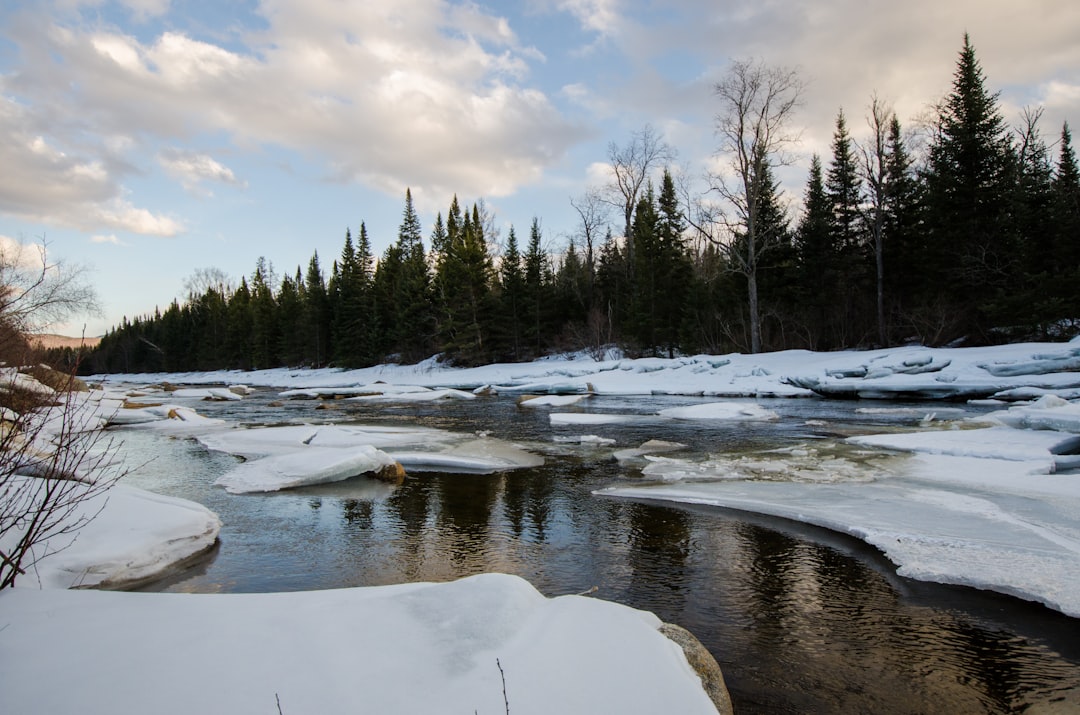
Maine is the third-coldest state and the fourth-snowiest state in the United States. On average, Maine receives about 57.6 inches of snow and 28 days of snowfall. The state’s extensive coastline and northern latitude create unique weather patterns that produce consistent snowfall throughout the winter months. Maine’s geography, stretching from coastal areas to inland forests, provides varied snow conditions across different regions.
One of the most remarkable aspects of Maine’s snowfall is its duration and consistency. Caribou, the northernmost city in the contiguous United States, recently recorded 157 consecutive days of at least one inch of snowfall. This demonstrates how Maine doesn’t just get occasional heavy snowstorms – it experiences sustained winter conditions that maintain snow cover for months at a time.
New York – Empire State’s Lake Effect Fury
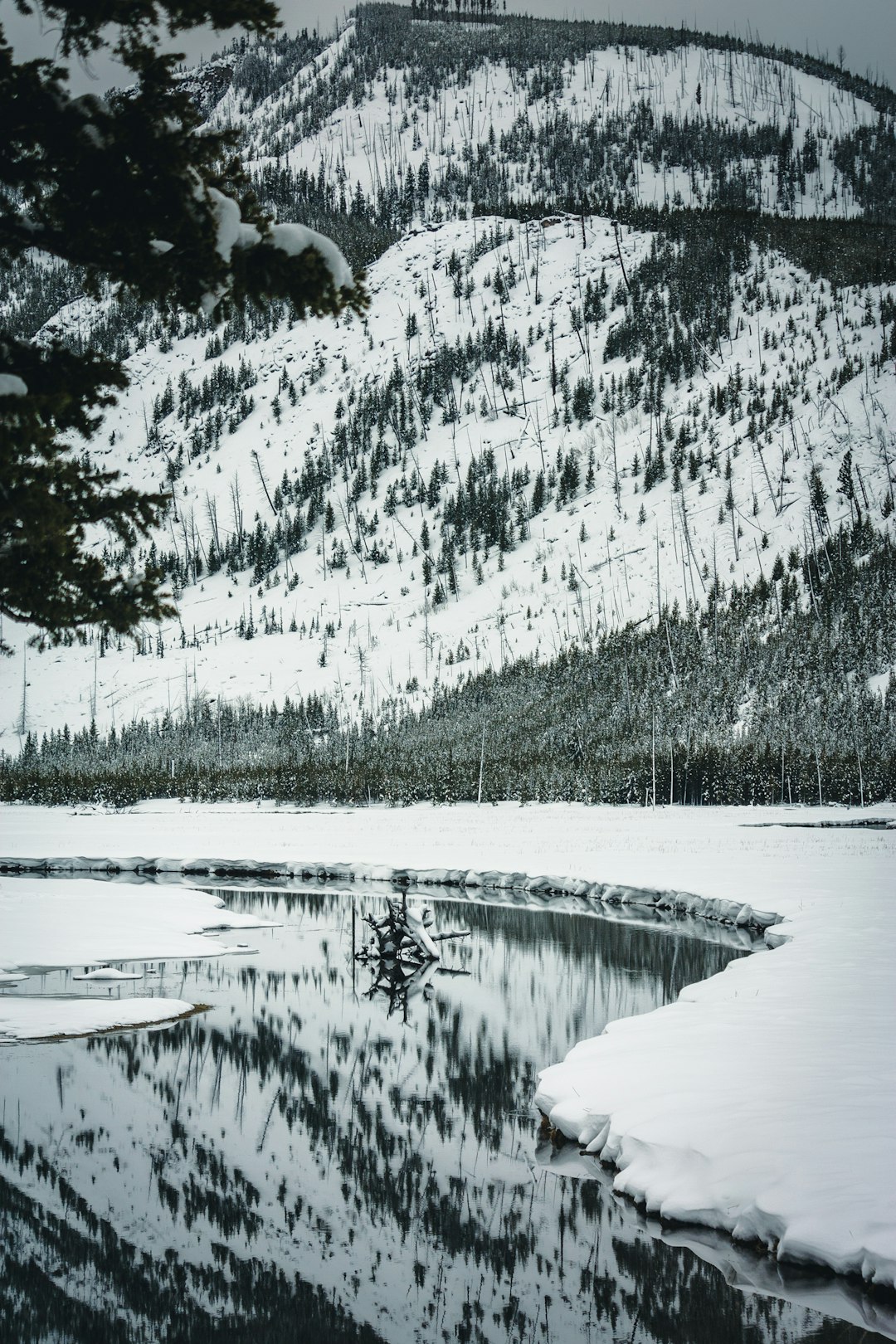
New York might surprise many people by ranking among the snowiest states, but the Empire State earns its place through sheer geographic advantage. New York receives an average of 51.3 inches of snow every year. Like Michigan, New York frequently receives lake effect snowfall, especially in cities such as Rochester and Buffalo. The Great Lakes create a snow-making machine that produces some of the most intense snowfall in the continental United States.
Cities like Syracuse demonstrate just how extreme New York’s snowfall can be. Syracuse is the snowiest of all of New York’s cities – and is 5th in the world for major cities in terms of average snowfall every year. Syracuse gets about 123 inches, or 10 feet every year. On December 24 and 25, 2023, Erie received 53 inches of snowfall, breaking a record for the largest two-day snowfall anywhere in Pennsylvania, showing how lake effect can create truly extraordinary snow events.
Massachusetts – Bay State’s Snowy Surprise
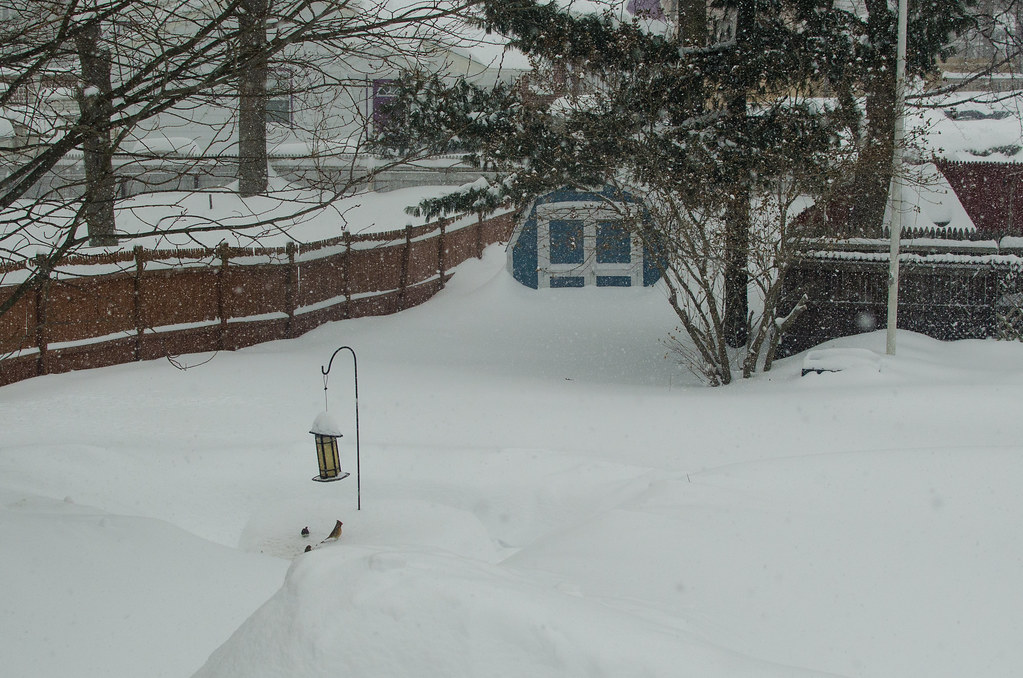
Massachusetts consistently ranks among America’s snowiest states, though many people don’t realize just how much snow the Bay State receives annually. Massachusetts receives an average of 44.3 inches of snow annually, averaging five snow events each winter month. The state’s position in New England puts it directly in the path of nor’easters and other major storm systems that sweep up the Atlantic coast.
The northeastern and central areas of Massachusetts get hit the hardest by snow each year. This regional variation means that while coastal areas might see less snow due to ocean moderation, inland areas experience significantly heavier snowfall. The state’s compact size ensures that major snow events typically affect large portions of Massachusetts simultaneously.
Michigan – Great Lakes Snow Machine
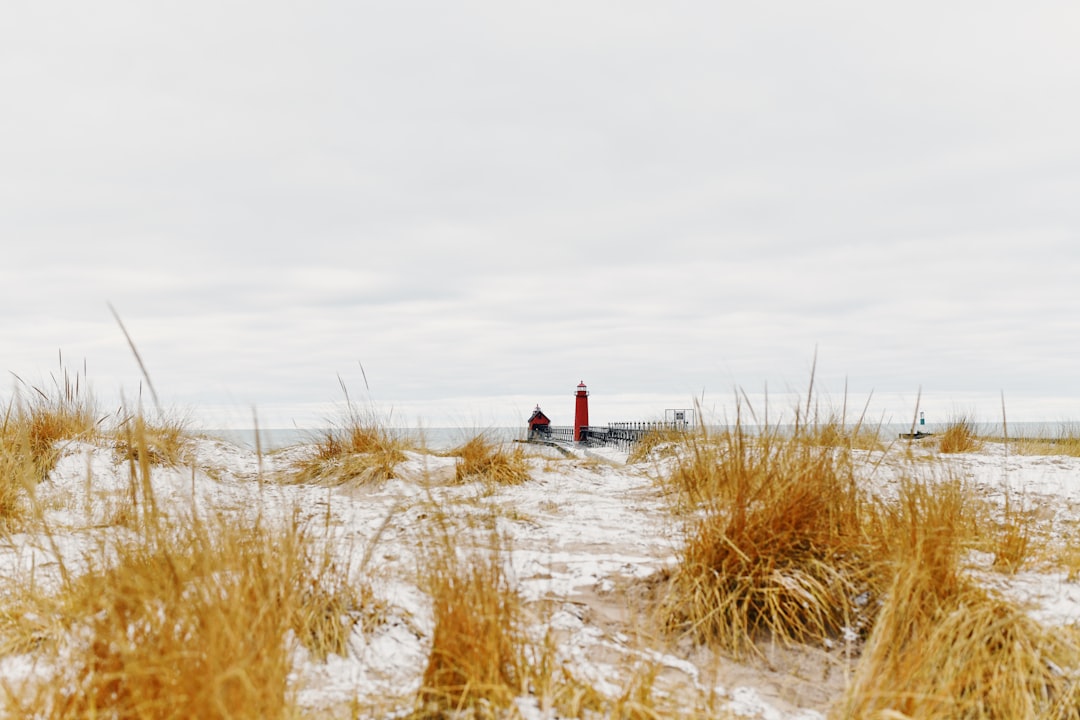
Michigan’s position surrounded by the Great Lakes makes it a natural snow magnet, earning its place among America’s snowiest states. Michigan gets an average of 64.98 inches of snow each and every year. The state’s unique geography, with both upper and lower peninsulas surrounded by massive bodies of water, creates ideal conditions for lake effect snow that can produce incredible accumulations in short periods.
The Upper Peninsula of Michigan deserves special mention for its extreme snowfall totals. The most snow for 2023/24 was at the Calumet Tamarack location snow station with 173 inches of snow. The record-high seasonal total—a whopping 355.90 inches—came in the winter of 1978–79 at Michigan Tech, demonstrating just how extreme Michigan’s snowfall can become under the right conditions.
Colorado – Rocky Mountain Snow Paradise
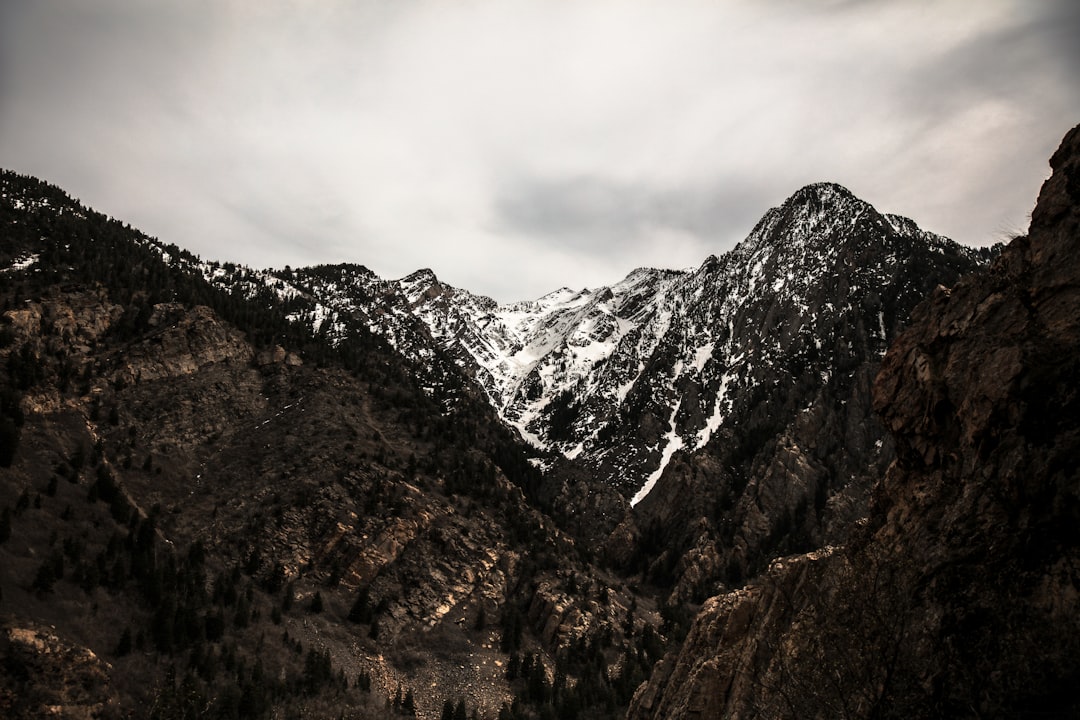
Colorado’s reputation as a ski destination isn’t built on marketing alone – the Centennial State consistently ranks among America’s snowiest, though with dramatic regional variation. Colorado gets an average of 67 inches of snow accumulation each year. The state’s mountainous terrain creates microclimates that can produce vastly different snow totals within relatively short distances.
Denver receives about 57 inches annually, while the mountains can get between 150 to over 400 inches of snow. Colorado snow is actually different than the snow in other regions. Because of the unique Rocky Mountain landscape, and the nearby desert climate, snowfall here is drier and more powdery than snow in other states, which is typically wetter and heavier. This makes Colorado particularly attractive to winter sports enthusiasts who prefer lighter, fluffier snow.
Utah – The Greatest Snow on Earth
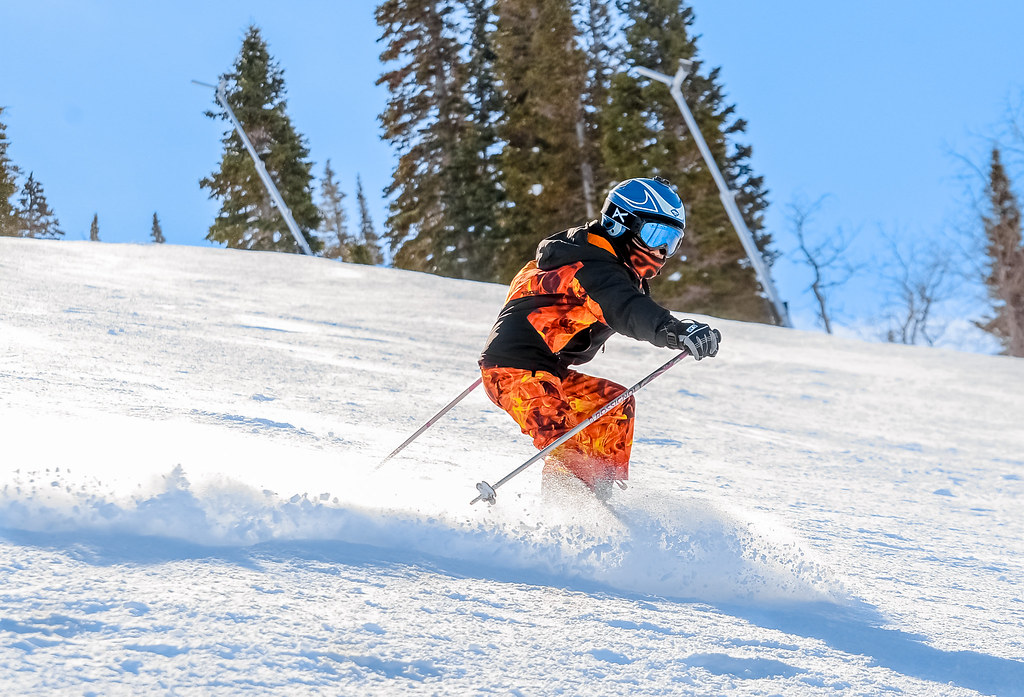
Utah’s claim to have “The Greatest Snow on Earth” isn’t just marketing hyperbole – the state consistently delivers impressive snowfall totals that support world-class skiing conditions. Utah’s no stranger to the snow game, clocking in at over 58 inches a year, and standing at 8th place on our list of the Snowiest States In The US. The real winter wonderland magic happens up in the north-central parts, where they get hit with a whopping 100+ inches annually.
Utah’s snowfall can be extremely variable depending on location, but when conditions align, the results are spectacular. The Alta Ski Area, which received a staggering 903 inches of snowfall during the 2022-2023 ski season, setting an all-time statewide record. Many skiers claim that the ski conditions in Utah are the best in the country, and with all that fresh powder, it’s easy to see why.
Montana – Big Sky Country’s Big Snow
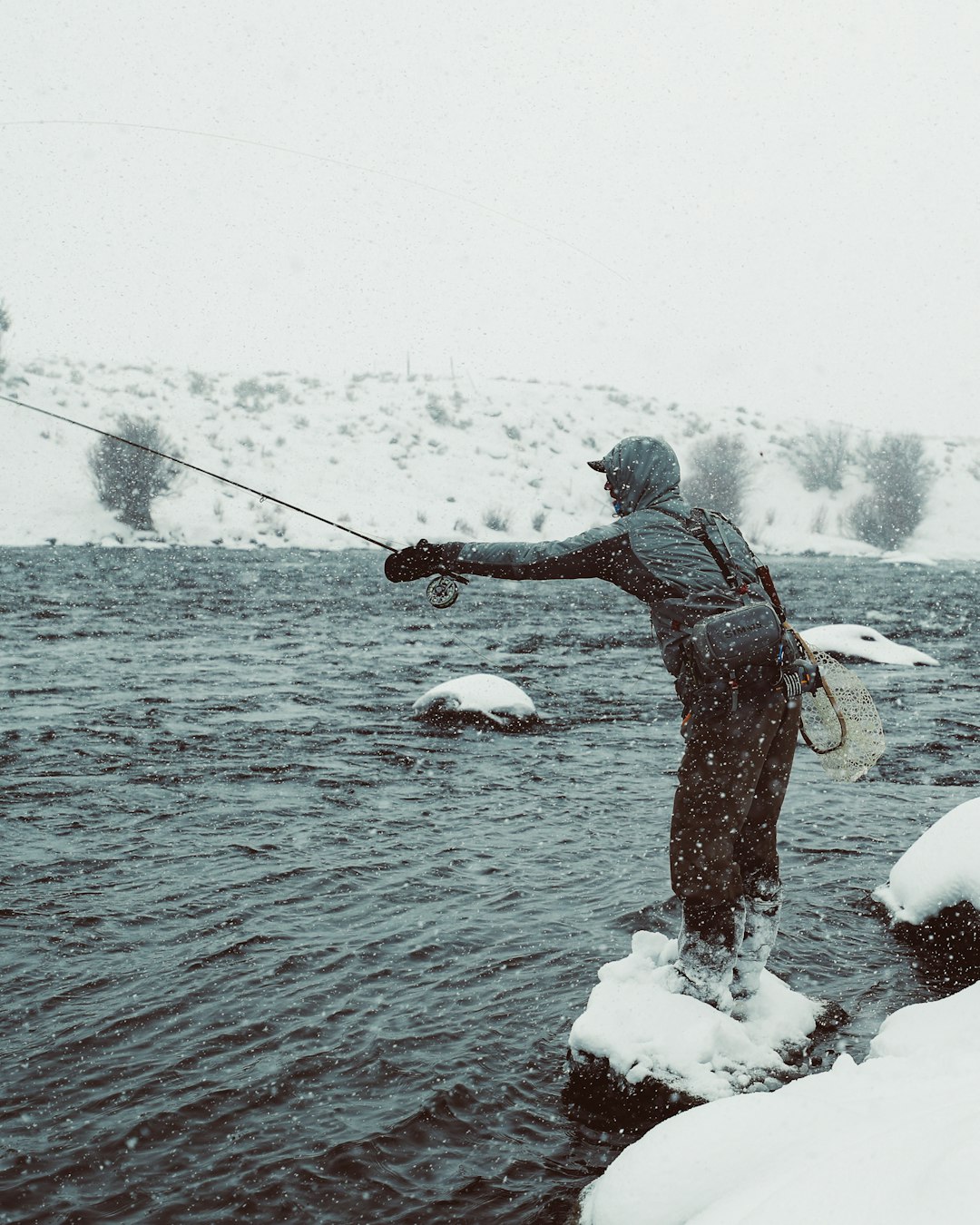
Montana’s vast landscape and northern latitude combine to create conditions that produce significant snowfall across much of the state. Here in Montana, it’s not uncommon for kids to be trick or treating in snow. Happens all the time. The average snowfall hits here on November 9th, and sometimes, snow begins in mid September. The state’s size means snowfall varies considerably from region to region, but overall totals consistently rank Montana among America’s snowiest states.
Montana’s geography creates perfect conditions for both lake effect snow from smaller bodies of water and orographic lifting from mountain ranges. The state’s elevation changes and continental climate patterns ensure that winter brings substantial snowfall to most regions, though the eastern plains typically receive less than the mountainous western areas.
Minnesota – Land of 10,000 Lakes and Lots of Snow
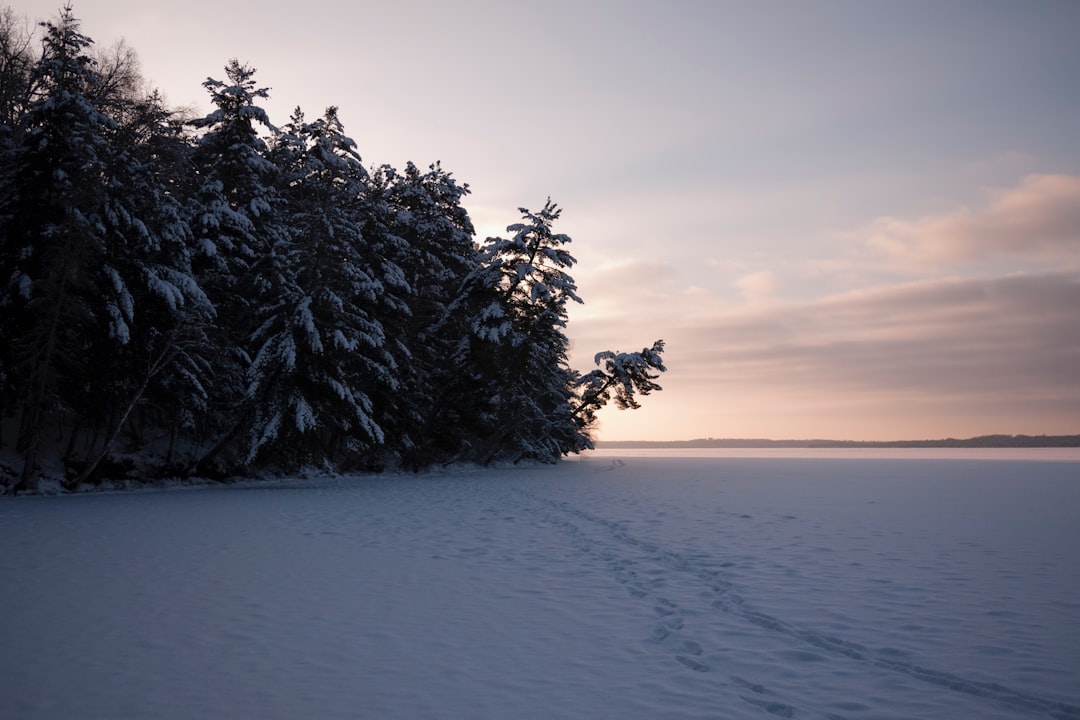
Minnesota earns its place among America’s snowiest states through a combination of northern latitude, continental climate patterns, and lake effect influences. The ninth-snowiest state is Minnesota. Well-known for its cold, snowy winters, Minnesota receives about 37.8 inches of snow annually. While this might seem lower than some other states on this list, Minnesota’s snow tends to stick around longer due to consistently cold temperatures.
The Land of 10,000 Lakes benefits from multiple water bodies that contribute to lake effect snow, though not on the scale of the Great Lakes states. Cities like Duluth, positioned on Lake Superior, experience significantly higher snowfall totals than state averages, contributing to Minnesota’s overall ranking among the snowiest states.
Wyoming – High Plains Snow Extremes
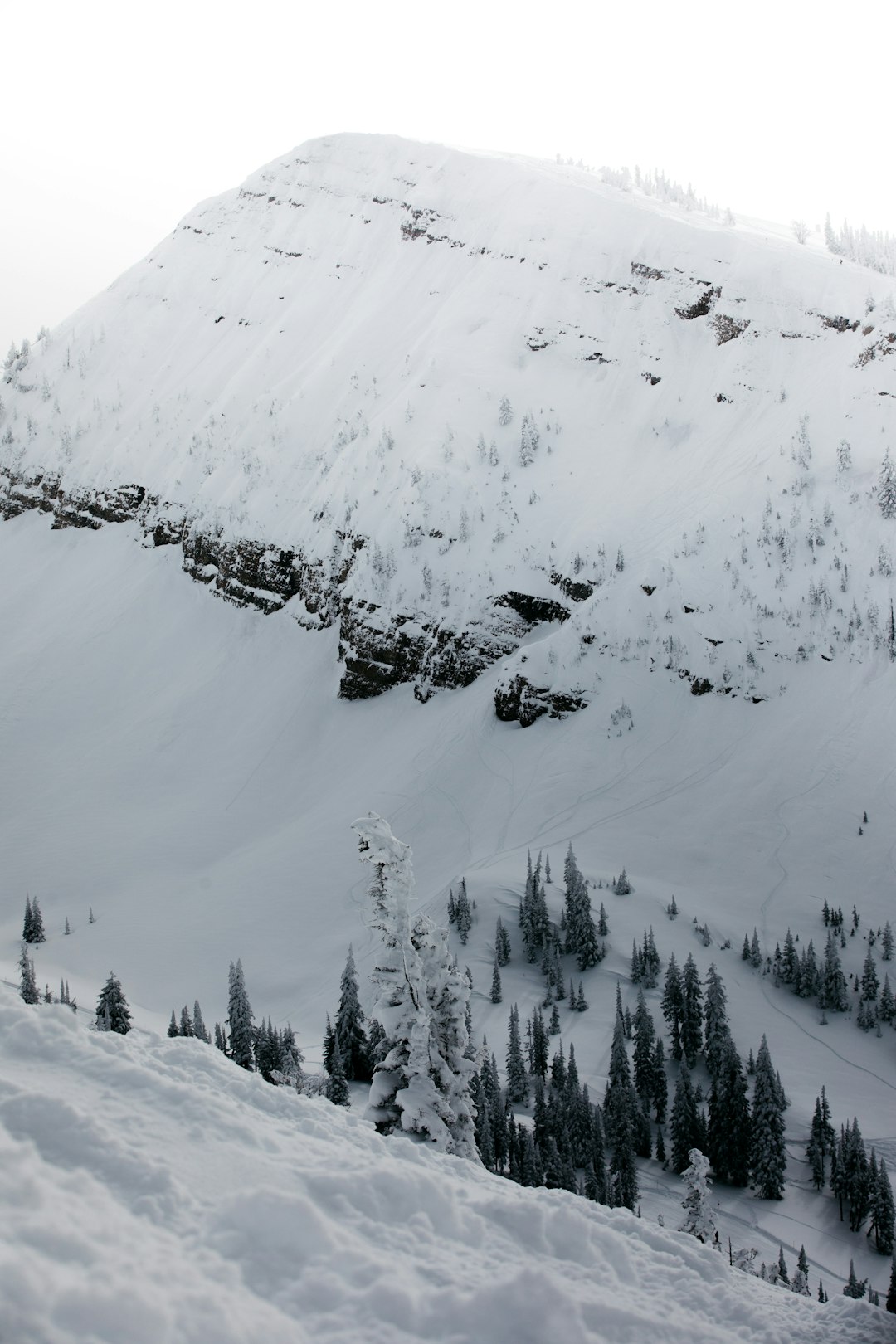
Wyoming’s high elevation and continental location create conditions for significant snowfall, though the state shows dramatic regional variation. The entire state sits at average snowfall of 38-59 inches snowfall, except for one region. The northwest corner of Wyoming’s rectangle can see over 150 inches of snow on the ground per season. The state’s mountainous regions, particularly around Yellowstone and the Tetons, receive extraordinary amounts of snow.
The mountains receive a great deal more at higher elevations annual amounts are well over 200 inches. At Beckler River Ranger Station in the southwest corner of Yellowstone Park, the snowfall averaged 262 inches over a 20-year period. Recent winters have been particularly notable, with Riverton’s snowiest winter on record occurring during the 2022-2023 season.
Wisconsin – Badger State’s Lake Effect Legacy
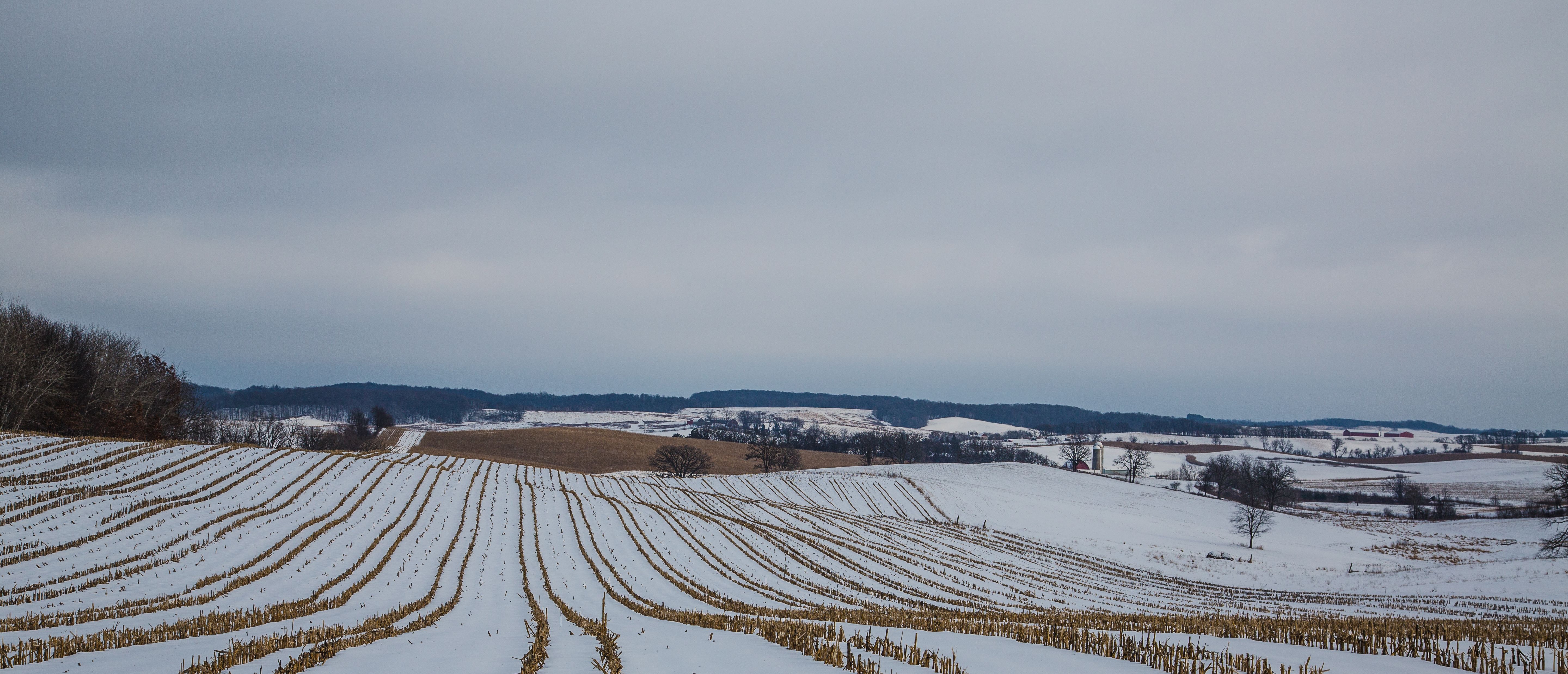
Wisconsin’s position along the Great Lakes, particularly Lake Superior and Lake Michigan, secures its place among America’s snowiest states. Wisconsin encounters the “lake effect,” which is part of what gives the Midwest its reputation for tough winters. On the eastern and southwest ends, they will have an average of roughly 45 inches per season. But on any section bordering a lake, they have much, much more. For example, along Lake Superior’s shore, they’ll see an average of 97.7 inches in one season.
The dramatic difference in snowfall across Wisconsin demonstrates how lake effect can create extreme regional variations within a single state. Areas near the Great Lakes can receive nearly double the snowfall of inland regions, making Wisconsin a perfect example of how geography influences snow distribution patterns.
The Science Behind America’s Snowiest States
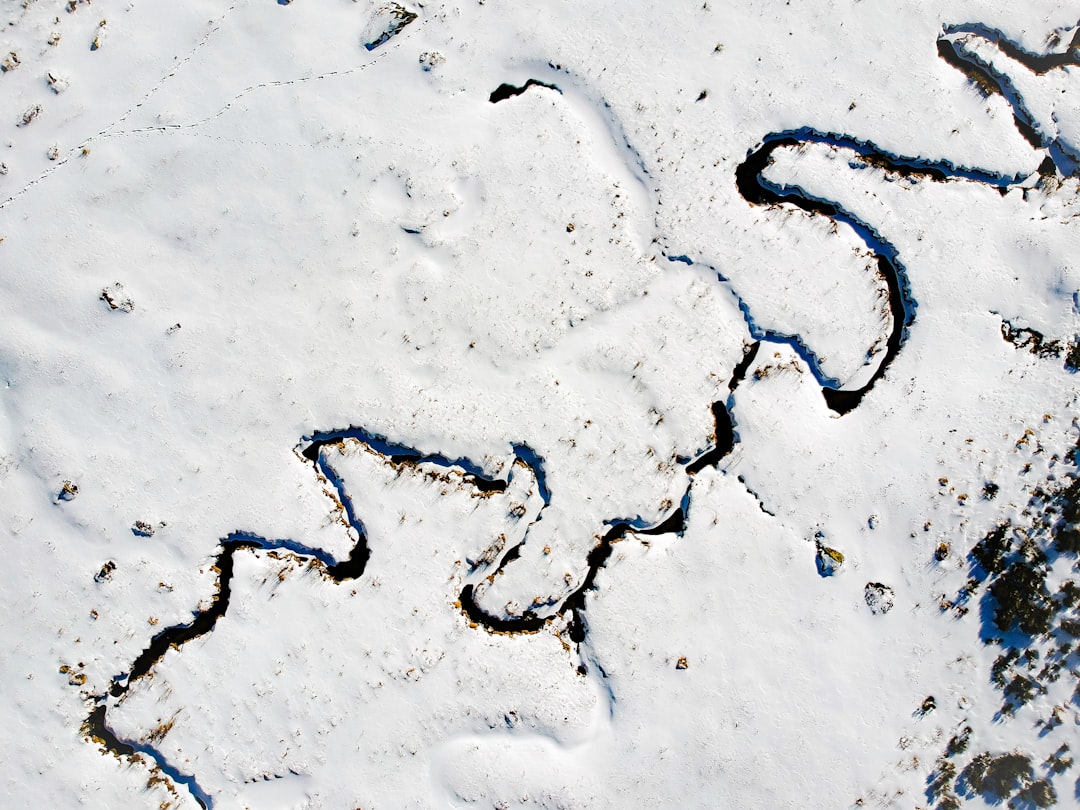
Understanding why these states consistently receive the most snow requires examining several meteorological factors. You might think that the states with reputations for being the coldest would also be the snowiest, but that’s not the case. Moisture is a huge factor in snow production which means that sometimes states experience conditions that can be too cold for snow. The perfect snow-making conditions require a delicate balance of temperature, moisture, and atmospheric dynamics.
Lake effect snow occurs around the Great Lakes region due to something called the lake effect. Because moisture is an essential element needed to form clouds and snow, very cold air blows across large expanses of warm lake water. Storms will get their start over the Great Lakes and then pass all the way from Minnesota to Maine. This phenomenon explains why so many of America’s snowiest states cluster around the Great Lakes region.
These thirteen states demonstrate that America’s snowiest regions aren’t just confined to Alaska and the Rocky Mountains. From Vermont’s consistent mountain snow to Michigan’s lake effect extremes, each state on this list has earned its snowy reputation through unique geographic and meteorological advantages. Whether you’re a winter sports enthusiast seeking powder or simply curious about America’s most snow-covered regions, these states deliver winter conditions that define what it means to live in a true snow belt. Did you expect Vermont to rival Alaska for snow totals?
